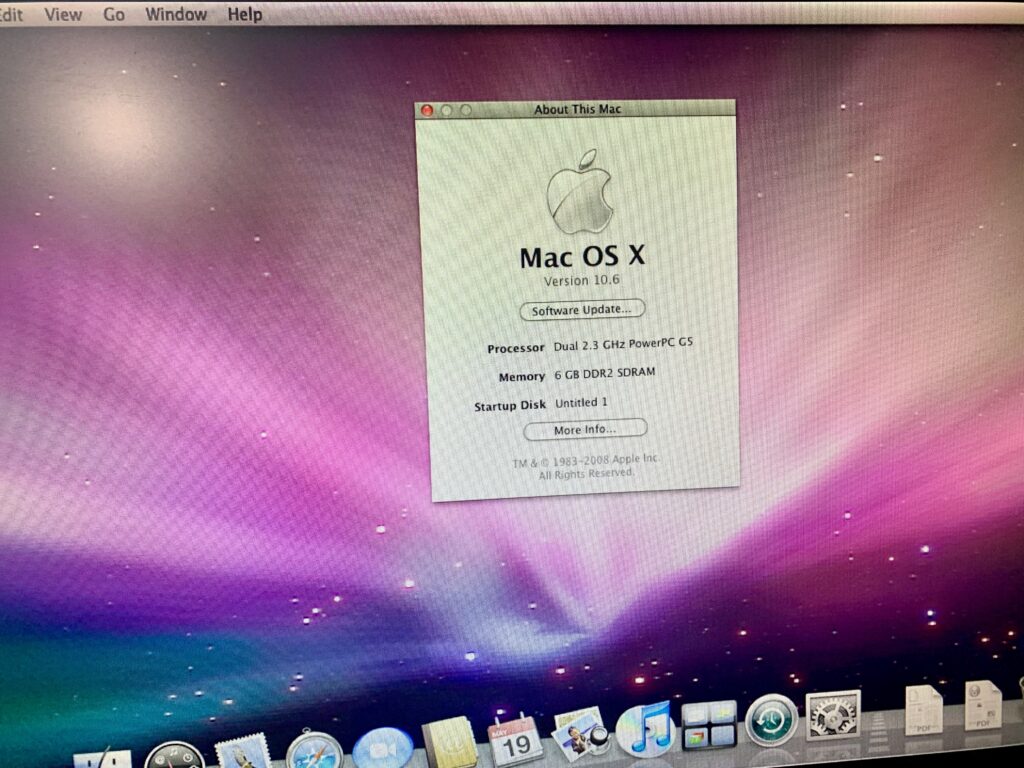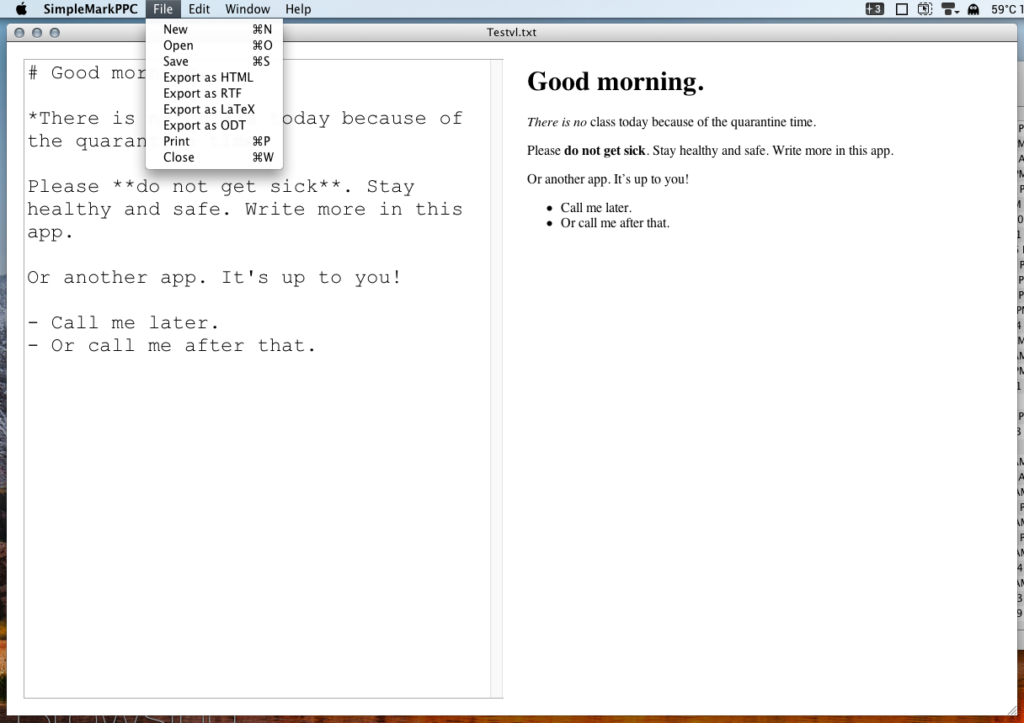
As our old PowerPC machines age, especially our G5s, browsing the internet is still possible because Cameron Kaiser is a gift. Kaiser in turn single-handedly dives into reams of code to keep TenFourFox updated and lively, including new features like “sticky reader mode“.
Ads and tracking stuff definitely slow down web browsing for all PCs, so more and more people have switched to using their browser’s built-in ad blocking systems or plugins like Wipr or uBlock. (Cameron has directly embedded an ad blocker on TenFourFox, which does help pages load quicker.) But the good news is there are alternatives that reduce the rendering load on our old Macs.
DNS level ad blockers are services which block well known ad serving domains and tracking services at the DNS level. So when you punch in BuyMyOldMac.com, some elements are just outright nixed before they even hit your web browser, saving your ancient Mac’s precious processing power. It’s damn fine stuff.
There are a couple of routes to go to set up this kind of ad blocking, using services like AdGuard DNS or NextDNS. (Right now, I’m using AdGuard DNS but I’m considering switching to NextDNS in the future.)
The easiest way is to switch over your router or your computer’s DNS settings with new name servers. AdGuard DNS, for example, has an easy tutorial guide right here. It takes all of 2-3 minutes to see the instant impact this service can have. Many of you probably have already experimented with alternate DNS servers for your home network to get more responsive web browsing as is, as your ISP’s options are often not optimized and more frequently slow.
Another option is to run your own internal server, using software like AdGuard Home or Pihole on a Raspberry Pi. It’s relatively easy to set up, if you have a Raspberry Pi. Once installed and configured, you just point your router’s DNS settings to that internal server, and you get complete control. Check out the AdGuard Home info here (as it is does a little more than Pihole) to get a feel for its many features and how doable it will be for your tech level to get running.
Still, there is a downside to running your own internal server. If it freezes up (as Raspberry Pis are known to do), your whole network will likely be unreachable if you are on a trip and trying to remote in to get a crucial file. I know this from experience.
Let me know if you use AdGuard, Pihole, NextDNS, or another service.
— Nathan





